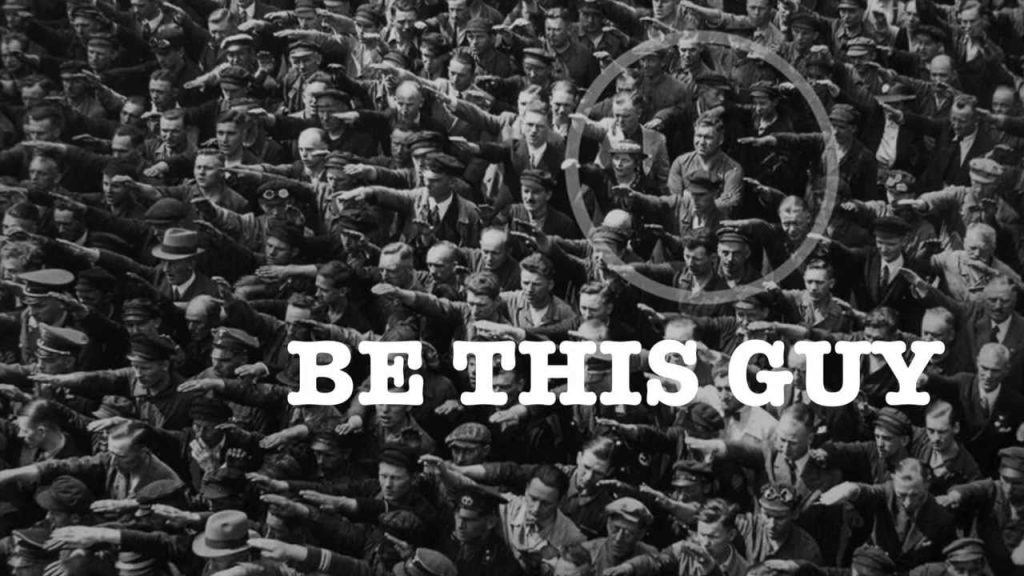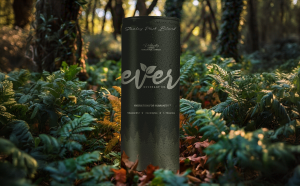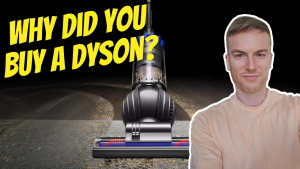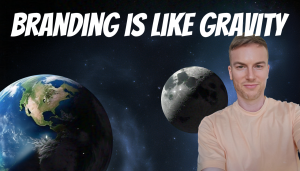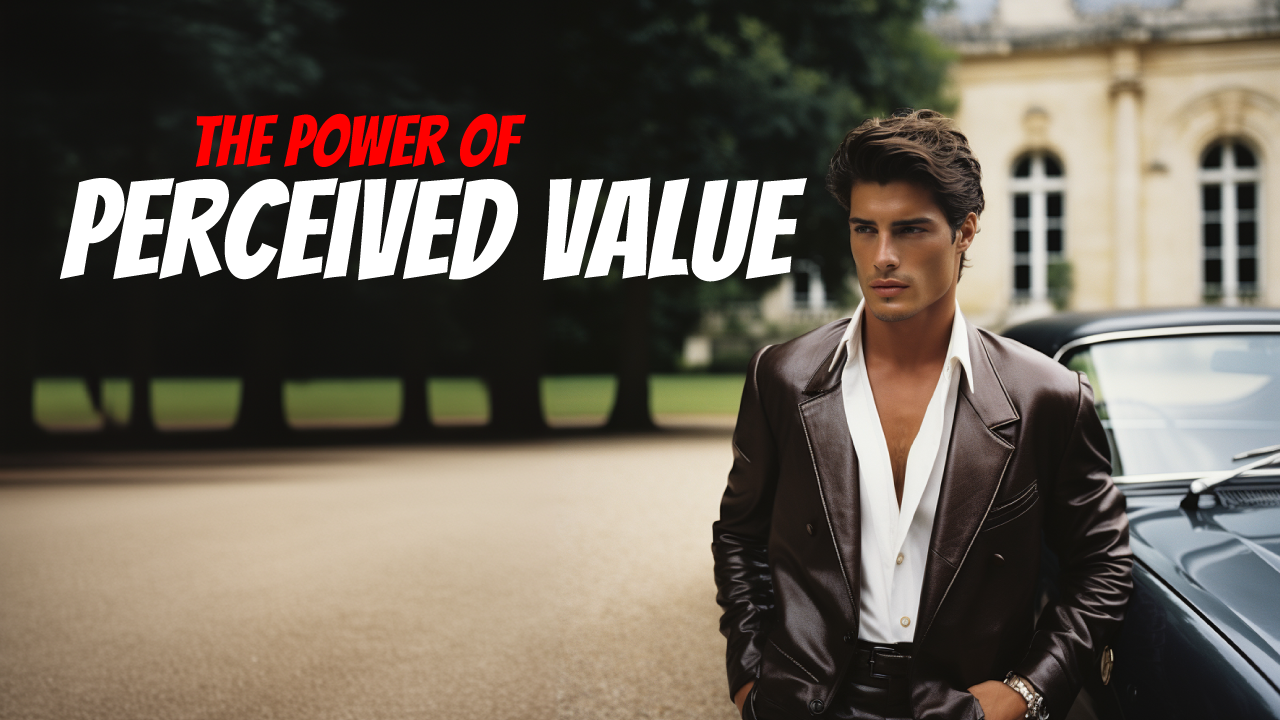
As marketers and business owners, we are ultimately trying to get people to take action. We want them to buy our products, join our communities, engage with us on social media… so understanding how people behave is really important.
One powerful motivator is understanding the concept of perceived value. This can be achieved through a combination of hype, scarcity, and the desire to elevate one’s social status / create envy in others. Perhaps fueled by the social media culture where likes, comments, followers are currency and are used as a measure of one’s worth or success.
Companies who can create hype, real or artificial, around their products or brands make them highly desirable. Consumers want things that others want, and we tend not to want things that others don’t want. There’s an evolutionary reason for this.
Scarcity adds to the allure, as limited availability turns products into rare treasures that only a few can possess. This exclusivity elevates the social status of the owner by creating envy and distinguishing them as part of an elite group.
Owning luxury goods, for instance, are a great example of this. Owning a luxury brand can evoke admiration and envy from others, further reinforcing the owner’s sense of prestige and success. The send signals to the world: I’m refined, I have taste, I have money, I’m important…
This powerful blend of factors motivates individuals to buy luxury / premium brands, seeking both personal satisfaction and social recognition.
So how can brands take advantage of this?
Often it has to do with the context, positioning, and framing of your brand.
What do these two images have in common?

👉 The first image is of a regular guy who as a prank / social experiment hired a bunch of security guards and paparazzi to follow him around to make him look famous.
The result is that people took notice and gravitated toward him.
They crowded around to take photos with him, assuming he was someone important or with high status. He had created hype, scarcity, fomo… he tapped into people’s emotions.
‘If I get a video / photo of this person and post it on my social feed, it will elevate my social status and create envy.’
What changed was the context.
In one presentation he was a nobody, in another presentation he was a somebody. Same guy, different context, different result.
👉 The second image is a line up in front of the Apple store.
Apple has created a hype, scarcity, and fomo. They too have tapped into people’s emotions.
‘If I get a product on release day post it on my social feed, it will elevate my social status and create envy.’
People first buy with their emotions, then justify it second.
Never underestimate people’s desire to elevate their status and create envy through their purchases.
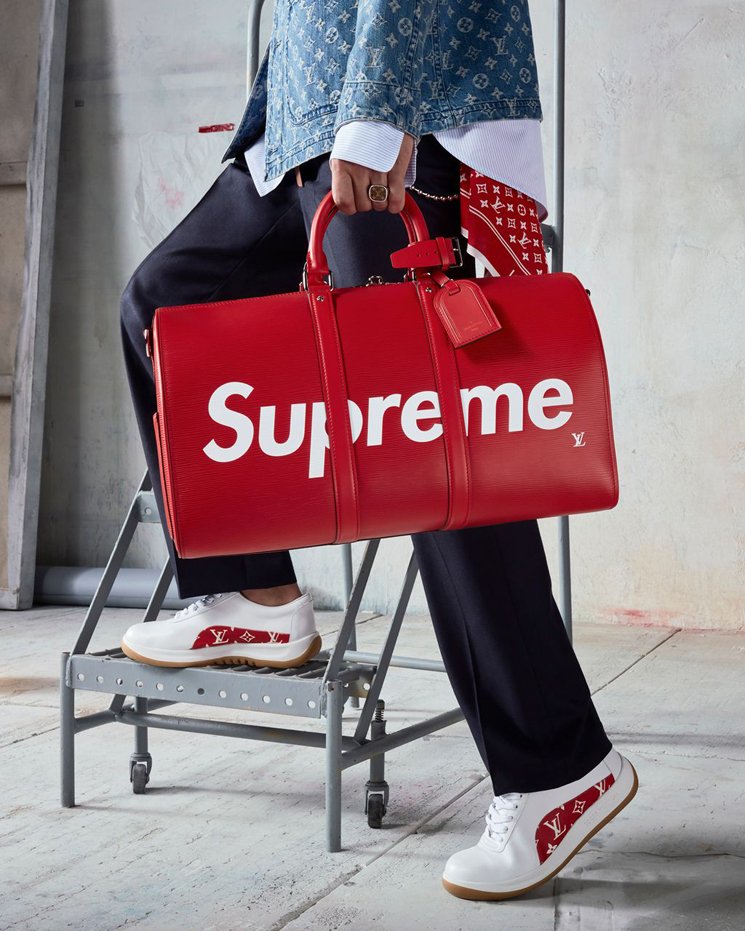

The Evolutionary Psychology Behind Consumerism
Consumers are not just buying a product; they are buying into a lifestyle, a status, and a sense of belonging
This behaviour is deeply rooted in our evolutionary history. Humans are social creatures who thrive on acceptance and recognition within their groups. Possessing luxury items or being associated with high-status symbols is a modern way of signaling our worth and standing. It’s about more than just owning something—it’s about the story we can tell and the identity we can project.
This drive is not just limited to individuals but extends to brands and businesses as well. Companies invest heavily in creating narratives around their products, fostering a sense of exclusivity and desirability. They understand that consumers are not just buying a product; they are buying into a lifestyle, a status, and a sense of belonging.
In essence, luxury goods and coveted items serve as modern-day social currency. They enable individuals to navigate social hierarchies, enhance their self-image, and influence the perceptions of others. This phenomenon highlights the critical role of context and perception in consumer behaviour, reminding us that value is often a construct of the mind as much as it is of the marketplace.
Understanding this dynamic can be a powerful tool for marketers and businesses. By tapping into the emotional and social drivers behind purchases, they can create compelling experiences that resonate deeply with their target audiences, ultimately driving loyalty and engagement.
Continue reading:
If You’re Not Disrupting, You’re Standing Still
- Related post: The T-Shirt Theory of Branding
- Related post: The Power of Branding: John’s Family Premium Organic Garlic
- Related post: Why You Don’t Want to Run a Business that Relies Solely on Ads
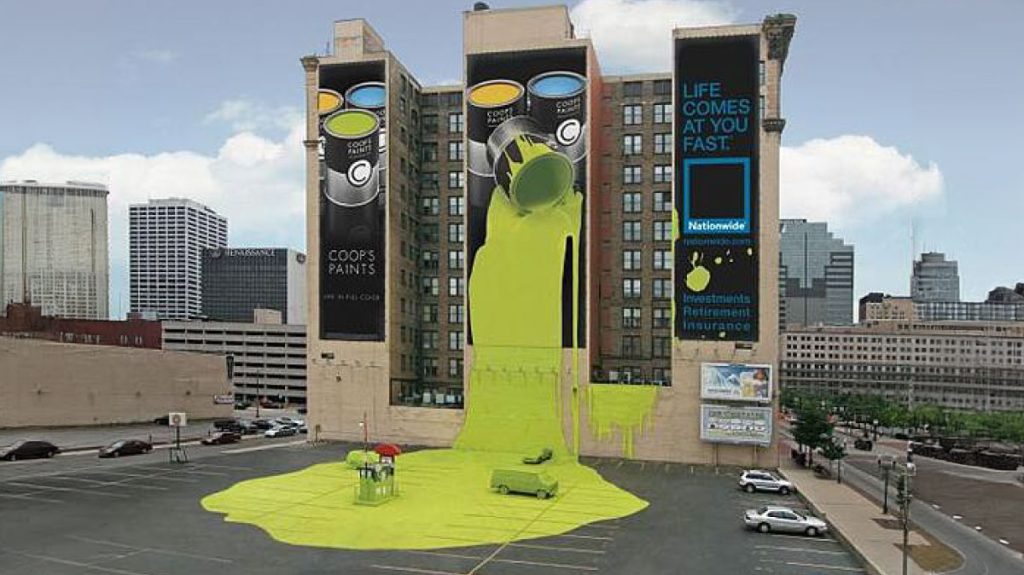
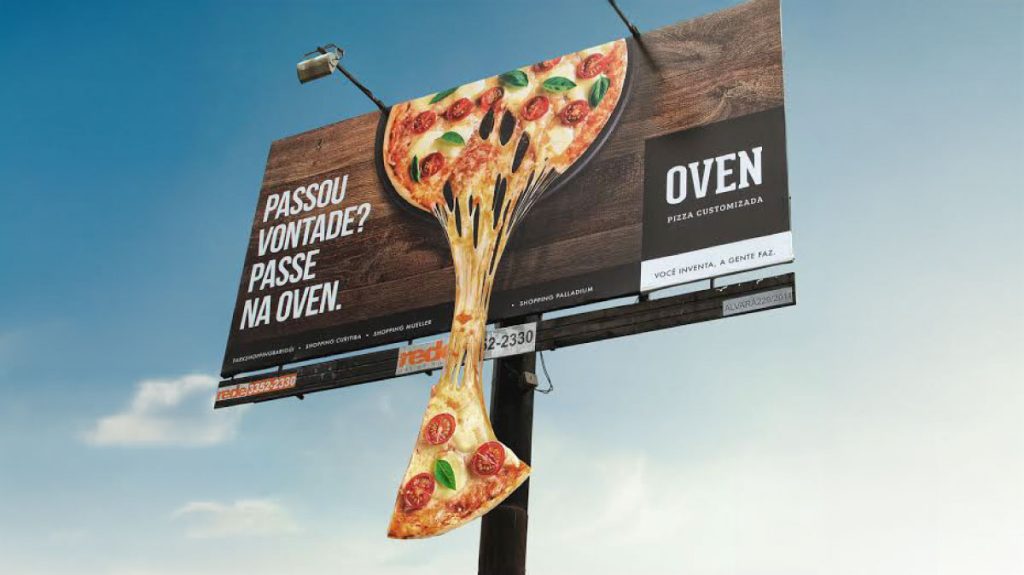
Continue reading: What’s the ROI of a Billboard

